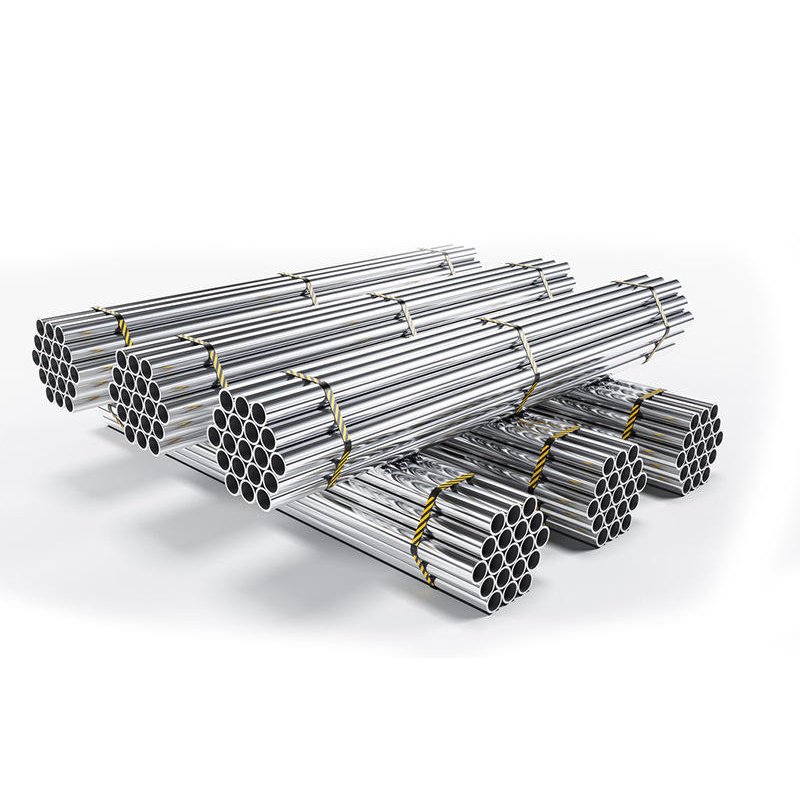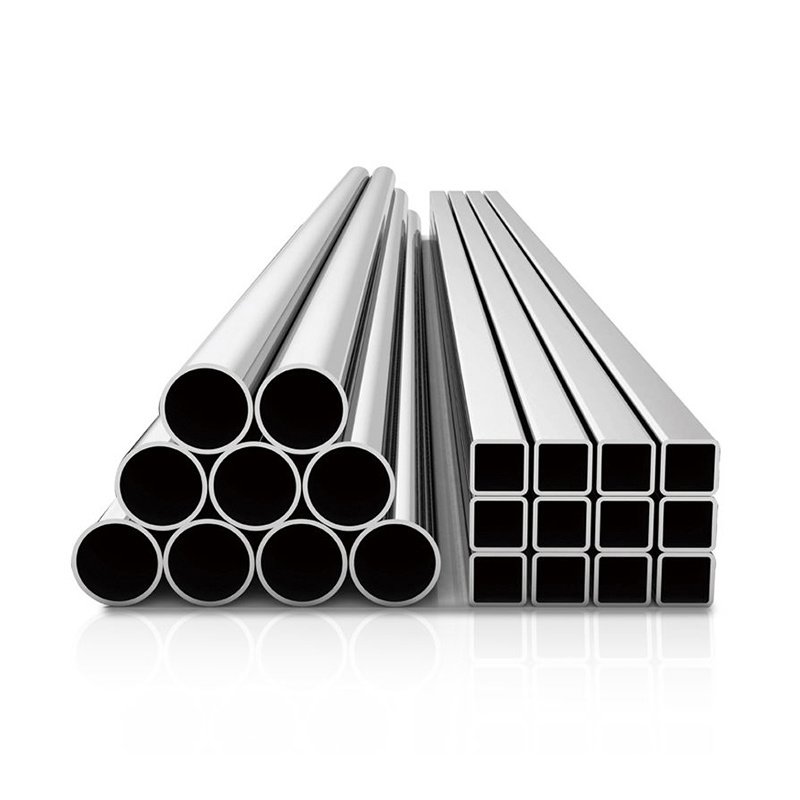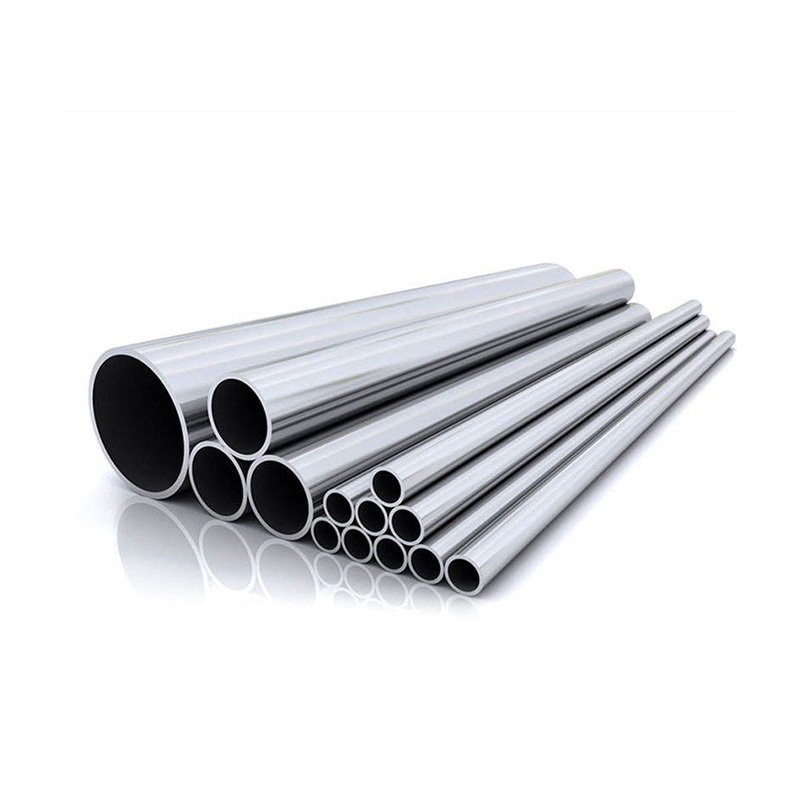The corrosion resistance of stainless steel plates is achieved through the combined effect of their unique chemical composition, microstructure, and protective film formed on the surface, which makes them excellent in various corrosive environments. The specific mechanism for achieving its corrosion resistance is as follows:
1、 Chemical composition: synergistic effects of key elements
The corrosion resistance of stainless steel mainly comes from its alloy composition, especially the synergistic effect of elements such as chromium (Cr), nickel (Ni), molybdenum (Mo), etc
The core role of chromium (Cr)
Chromium is a key element that determines the corrosion resistance of stainless steel. When the chromium content is ≥ 10.5%, a dense chromium oxide (Cr ₂ O3) passivation film will form on the surface of stainless steel.
This film has a thickness of only about 2-3 nanometers, but its structure is stable and can effectively isolate oxygen, water, and other corrosive media from contact with the base metal, thereby preventing further corrosion.
Even if the film layer is locally damaged, chromium will react with oxygen again and quickly repair the film layer at the damaged area (self-healing ability).
Enhancement effect of nickel (Ni)
The addition of nickel (usually 8% -30%) can stabilize the austenitic structure of stainless steel, improve its corrosion resistance, toughness, and processability.
Nickel can reduce the pitting tendency of stainless steel in environments containing chloride ions (Cl ⁻), for example, 316 stainless steel (containing 2% -3% molybdenum and 10% -14% nickel) has significantly better resistance to Cl ⁻ corrosion than 304 stainless steel (containing 8% -11% nickel).
The Special Contribution of Molybdenum (Mo)
Molybdenum (content 2% -5%) can significantly improve the corrosion resistance of stainless steel in reducing acids (such as sulfuric acid, hydrochloric acid) and chlorine containing media.
Molybdenum enhances the anti damage ability of passivation films by forming more stable molybdenum oxide (MoO3) films, especially suitable for marine environments or chemical industries.
The auxiliary role of other elements
Carbon (C): Low carbon content (≤ 0.03%) can avoid carbide precipitation and reduce the risk of intergranular corrosion.
Nitrogen (N): Some stainless steels (such as duplex steels) improve strength and corrosion resistance by adding nitrogen.
Copper (Cu): In precipitation hardened stainless steel, copper precipitates strengthening phases through aging treatment, while improving corrosion resistance.
2、 Microstructure: Differences in Corrosion Resistance of Different Phases
The corrosion resistance of stainless steel is closely related to its microstructure, and there are significant differences in the corrosion resistance of different phases (such as austenite, ferrite, martensite):
Austenitic stainless steel (such as 304, 316)
Face centered cubic crystal structure, non-magnetic, with optimal corrosion resistance.
Chromium, nickel, molybdenum and other elements are evenly distributed in grains and grain boundaries, forming a continuous and dense passivation film.
Suitable for most corrosive environments, especially chlorine containing media and oxidizing acids.
Ferritic stainless steel (such as 430)
Body centered cubic crystal structure, magnetic properties, moderate corrosion resistance.
The chromium content is relatively high (12% -30%), but the carbon and nitrogen content is low, and the risk of intergranular corrosion is relatively small.
Suitable for oxidizing acid environments such as nitric acid, but with weak resistance to reducing acids and stress corrosion.
Martensitic stainless steel (such as 410)
It can be hardened through heat treatment, but its corrosion resistance is poor.
Low chromium content (11% -14%) and high carbon content can easily form carbides, leading to intergranular corrosion.
Usually, surface treatment (such as coating) is required to enhance corrosion resistance, which is suitable for scenarios with high hardness requirements and low corrosiveness.
Duplex stainless steel (such as 2205)
Dual phase structure of austenite and ferrite, combining the advantages of both.
High strength and good resistance to chloride stress corrosion and pitting corrosion, suitable for marine engineering and chemical equipment.
3、 Surface passivation film: dynamic protection mechanism
The passivation film on the surface of stainless steel is the core barrier for its corrosion resistance, and its formation and maintenance mechanism is as follows:
Formation of passivation film
In oxidizing environments such as air and water, chromium on the surface of stainless steel reacts with oxygen to form a chromium oxide (Cr ₂ O3) film.
The film thickness is about 2-3 nanometers, with a dense structure that only allows ions (such as H ⁺, OH ⁻) to selectively pass through, preventing the dissolution of metal ions.
Self repairing ability of passivation film
If the film layer is mechanically scratched or chemically corroded, the exposed substrate metal will quickly react with oxygen and regenerate a passivation film at the damaged area.
This dynamic repair process enables stainless steel to maintain its corrosion resistance even after minor damage.
The influence of environment on passivation film
Oxidative environment (such as air, nitric acid): promotes the formation and stability of passivation film.
Reduced environment (such as hydrochloric acid, high concentration sulfuric acid): may damage the passivation film, leading to accelerated corrosion.
Chlorine containing media (such as seawater): Cl ⁻ will adsorb on the surface of the membrane, reducing its stability and causing pitting corrosion. Adding molybdenum can significantly enhance the resistance to pitting corrosion.
4、 Corrosion resistance performance in practical applications
The corrosion resistance of stainless steel plates is manifested in practical applications as their ability to resist various forms of corrosion:
Uniform corrosion
In most oxidizing environments, a uniform passivation film is formed on the surface of stainless steel, and the corrosion rate is extremely low (usually<0.01mm/year).
pitting
In chlorine containing media, local passivation film damage may lead to pitting corrosion. 316 stainless steel has significantly better pitting corrosion resistance than 304 stainless steel due to its molybdenum content.
intergranular corrosion
Low carbon content (≤ 0.03%) and stabilization treatment (such as adding titanium and niobium) can avoid carbide precipitation and reduce the risk of intergranular corrosion.
Stress Corrosion Cracking (SCC)
Dual phase stainless steel (such as 2205) significantly reduces stress corrosion susceptibility by optimizing the austenite/ferrite ratio.
5、 Process measures to enhance corrosion resistance
In addition to chemical composition and microstructure, the following processes can further enhance the corrosion resistance of stainless steel plates:
surface treatment
Polishing: Reduce surface roughness and minimize the retention of corrosive media.
Acid washing: removes oxide scale and impurities, promotes the formation of passivation film.
Electroplating/chemical plating: depositing metals (such as nickel, chromium) or alloys with stronger corrosion resistance on the surface.
heat treatment
Solution treatment: Dissolve carbides in the matrix to avoid intergranular corrosion.
Time treatment: precipitation of strengthening phases in precipitation hardened stainless steel while maintaining corrosion resistance.
Alloying design
Develop new types of stainless steel (such as super austenitic steel and high nitrogen stainless steel) to further enhance corrosion resistance by optimizing composition.




